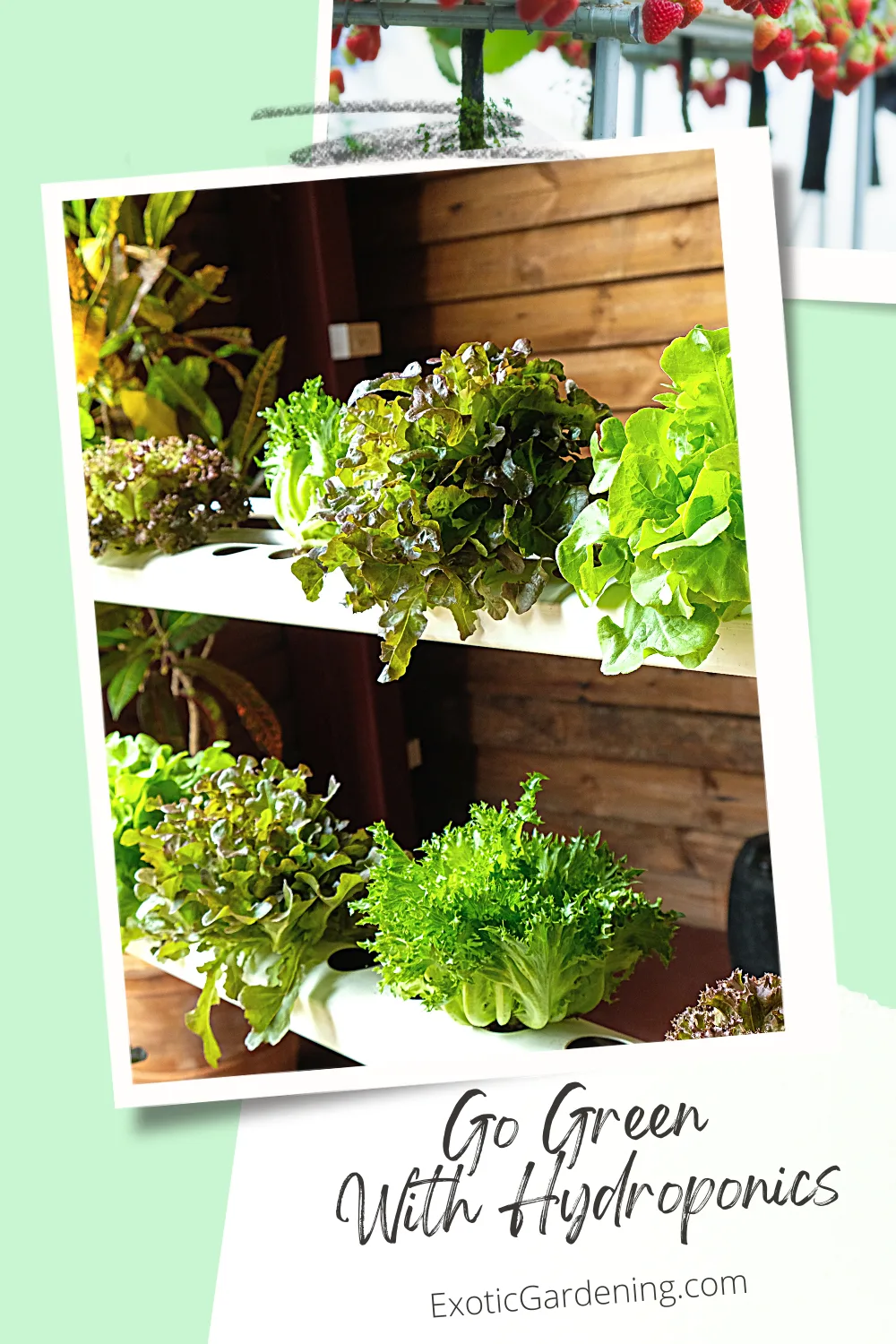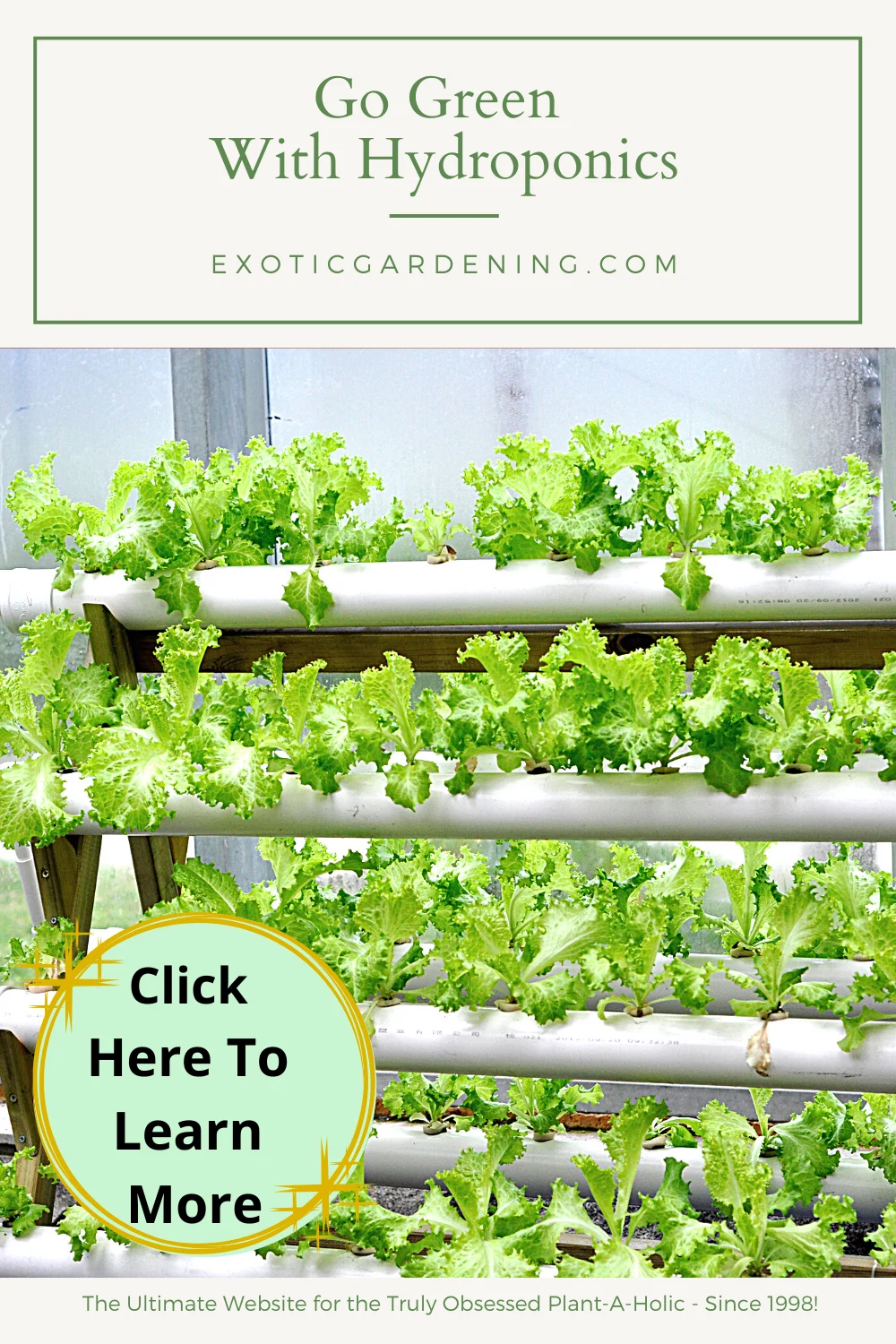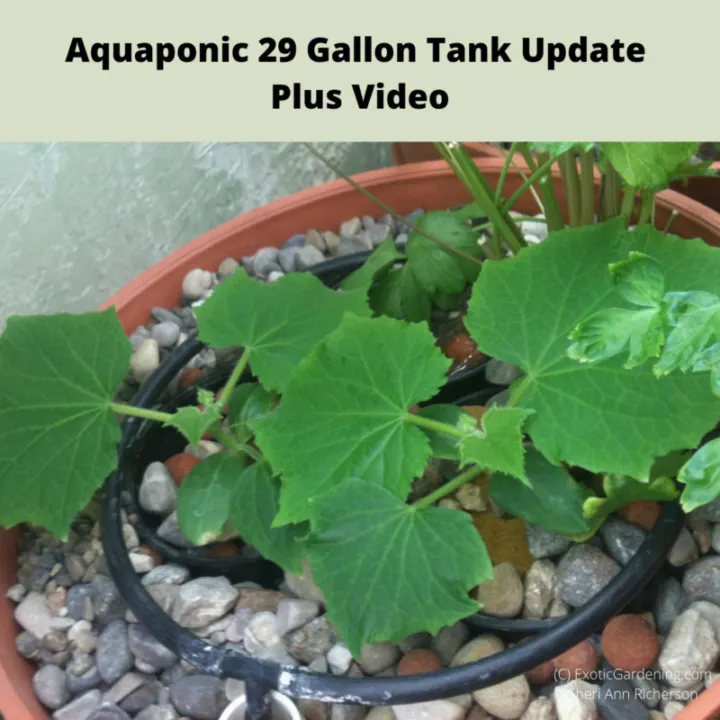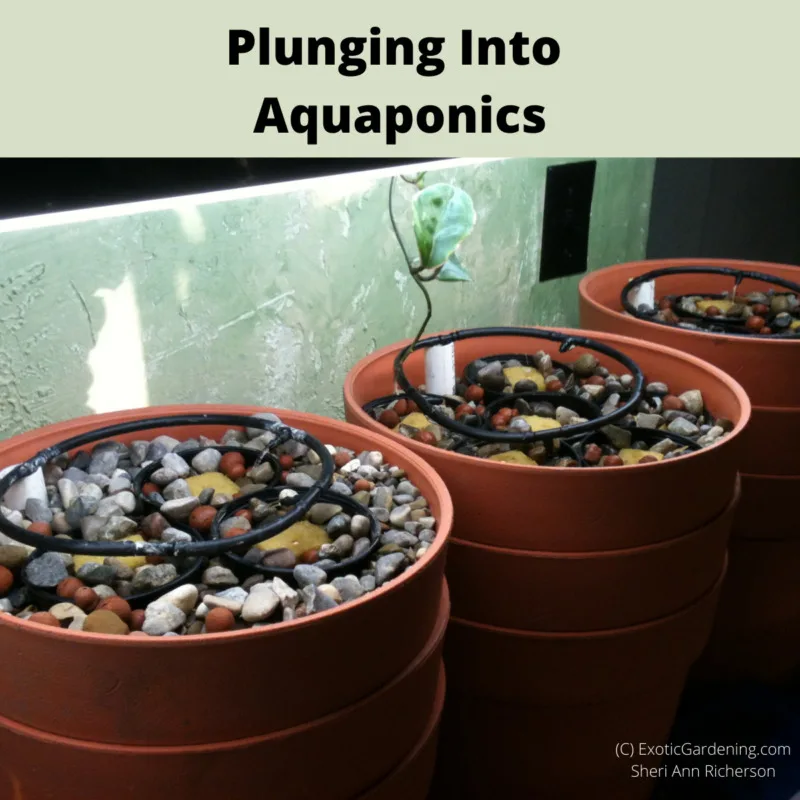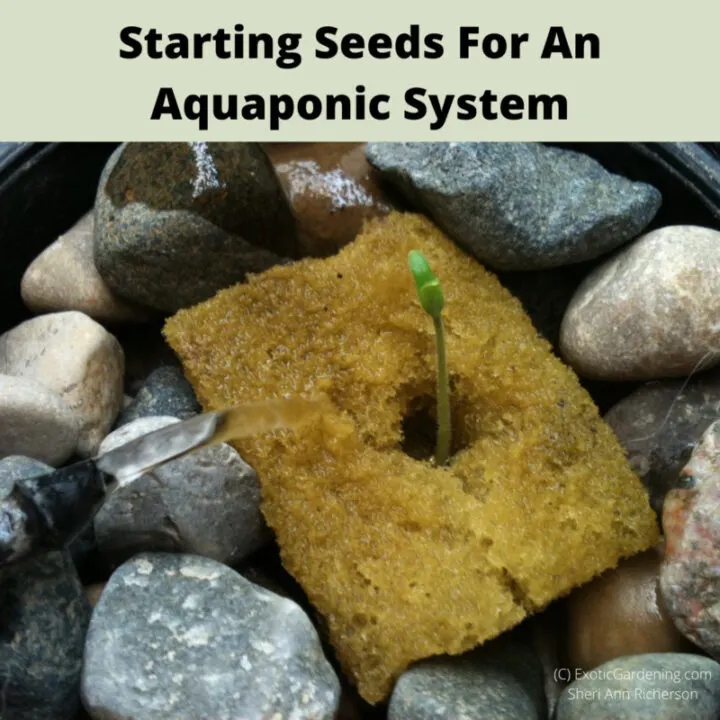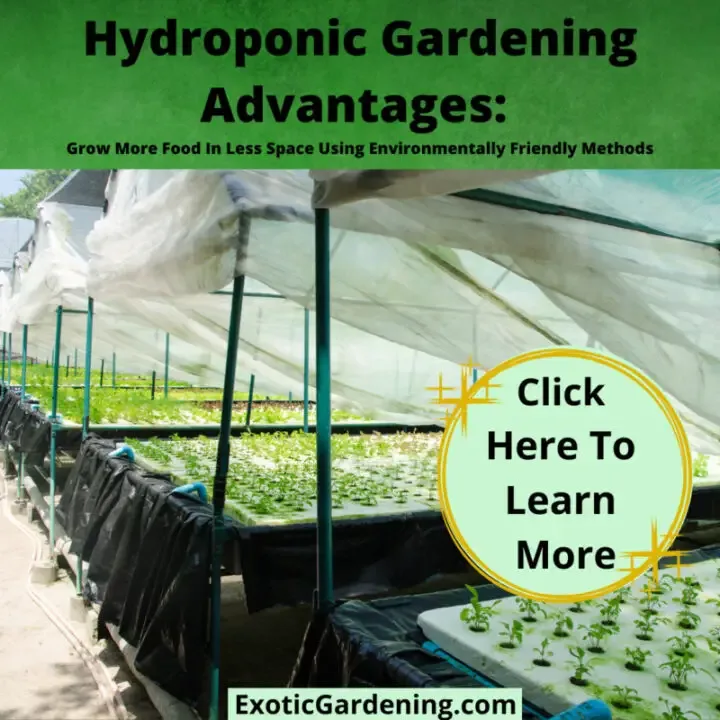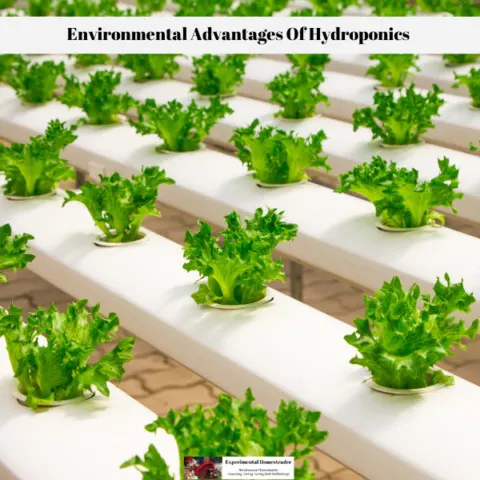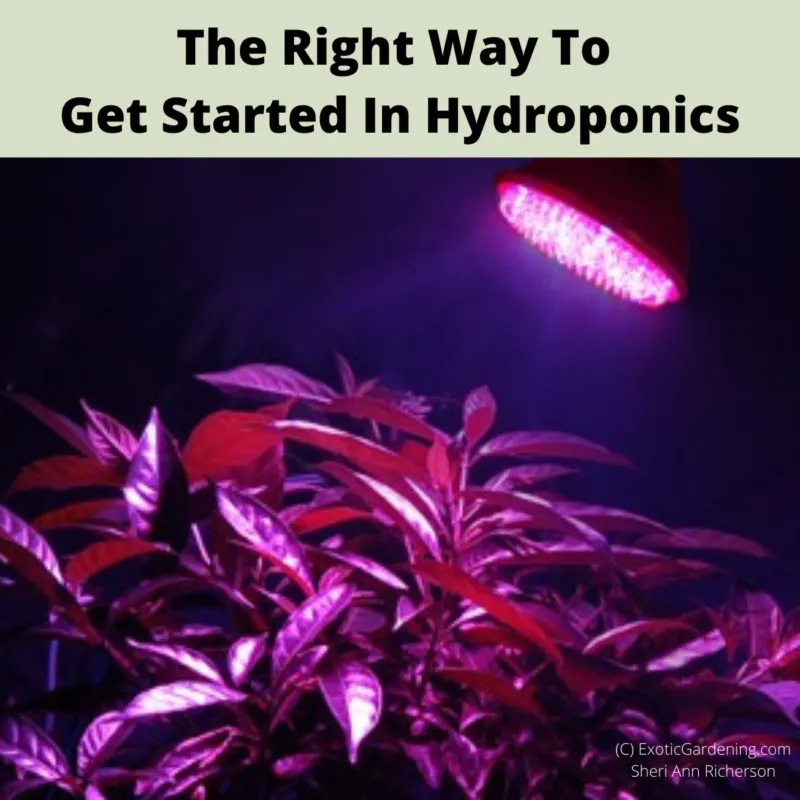Sustainable gardening practices that are economically viable are easier to achieve when you go green with hydroponics.
Gardening without soil offers solutions for third world countries, worn out agricultural land plus have the advantage of being environmentally friendly.
As people become more aware of the damage chemicals and pesticides cause the need for a better way of living and growing plants will continue to evolve.
The future for hydroponic growing is here and is being embraced by many people including some large factory farms.
Using hydroponic methods to grow food is just one way to go green.
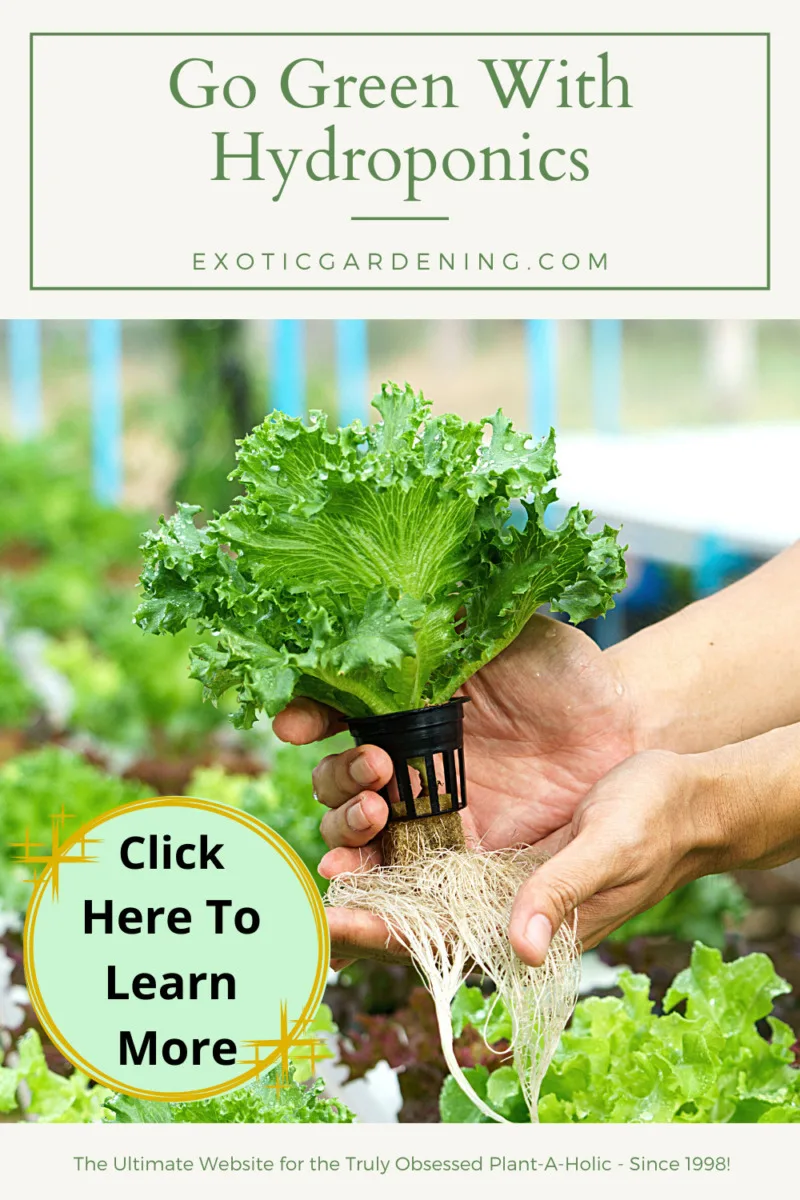
Economically Viable And Environmentally Friendly
Hydroponic gardening is economically friendly according to the Environmental Protection Agency which is great news for everyone.
In addition to being an economically viable and environmentally friendly option to the use of methyl bromide fumigation, it is easier to change crops in a hydroponic unit then in a soil based environment.
The ease at which crops can be changed allows growers to increase or decrease crop production based on the need of the crop as well as the market conditions at the time.
Solar Powered Hydroponic Units
For those who really want to make an impact using solar powered hydroponic units, rest assured the time is coming when the technology will be readily available; until then try a solar powered submersible pump for your hydroponic system.
If you want to go a step farther install solar panels and use them to run your hydroponic system as well as any other appliances in your home.
Excess solar energy or wind power can be sold back to many utility companies and this is just one more way to help green the environment.
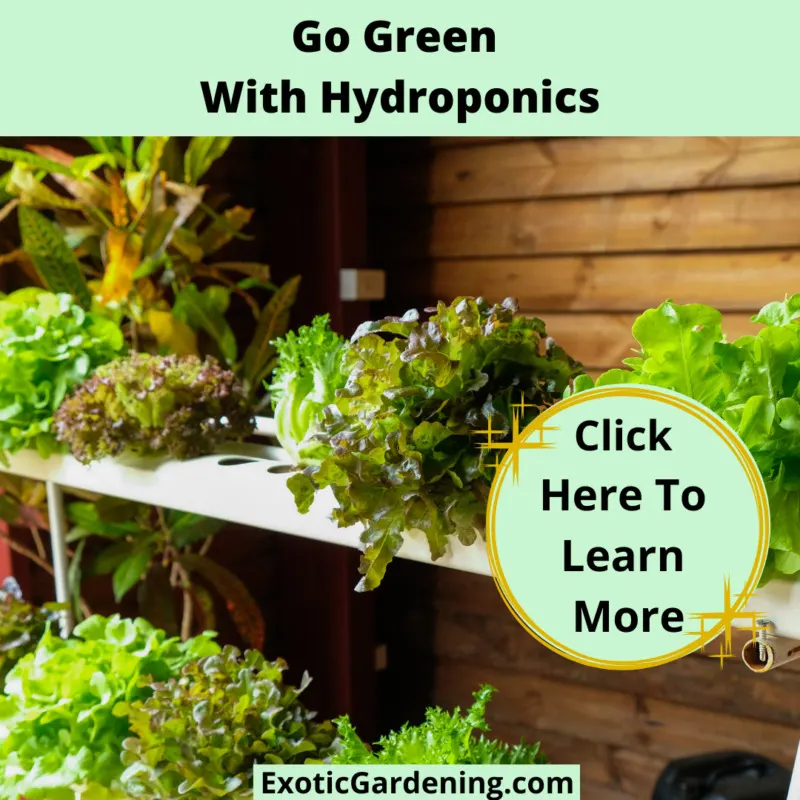
Hydroponics: The Environmentally Friendly Alternative to Conventional Farming
Hydroponic units are a great option for land that can no longer be farmed or for land that is too nutrient poor to grow crops.
Since soil is not needed and organic or vegan nutrients can be brought in this is a real solution to a growing problem of land that has been overworked or is considered ineffective agricultural land.
It is also a possible solution for third world countries whose soil is too poor to grow food or who simply do not receive enough rainfall to sustain their crops, especially as solar and wind power become more integrated with hydroponic growing.
Sustainable gardening practices are the wave of the future.
Now is the time to get on board and change your old gardening practices into environmentally friendly ones that can help you grow more food for your family and to share with your local community.
Donate the excess produce to local food pantries or soup kitchens to help others or sell some at local farmers markets or to your local grocery store.
There are even grants out there that can help you get started.
For the environment and fresher, tastier produce, give hydroponic gardening a try this year.
Aquaponics and Hydroponics
Aquaponic 29 Gallon Tank Update Plus Video
Our progress with getting an aquaponic 29 gallon tank set up in our living room. It includes a short video.
Plunging Into Aquaponics
We took the challenge and decided to get into aquaponics. Growing fish and using the waste to fertilize vegetables seemed like a great idea.
Starting Seeds For An Aquaponic System
Aquaponic seed starting is really not much different than regular seed starting. You do use a different seed starting medium.
Hydroponic Gardening Advantages: Grow More Food In Less Space Using Environmentally Friendly Methods
Grow more food in less space using environmentally friendly practices when you learn about the advantages of hydroponic gardening.
Environmental Advantages of Hydroponics: Green Gardening Products That Combat Global Warming
Learn about the various environmental advantages of hydroponics and the green gardening products for that combat global warming.
The Right Way To Get Started In Hydroponics
Grow lights are an important part of hydroponic gardening. In order to be successful getting started the right way is important.

